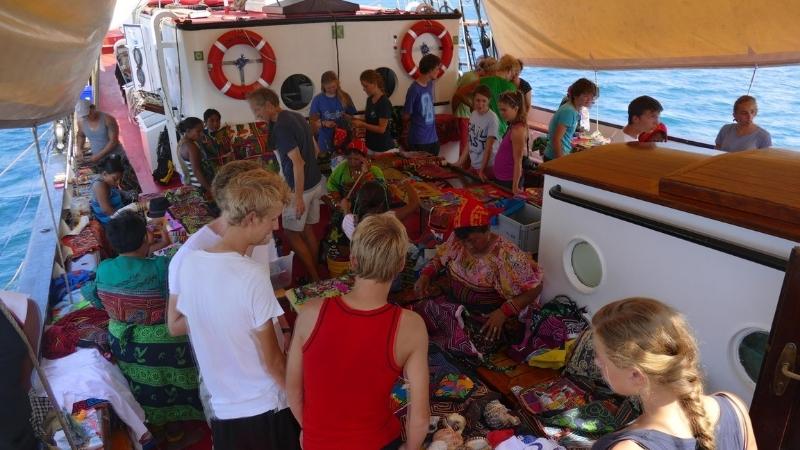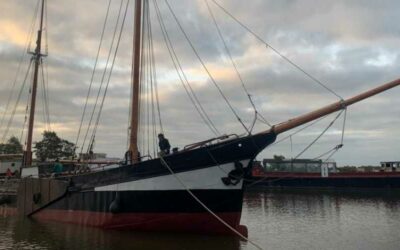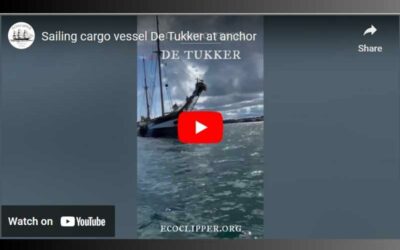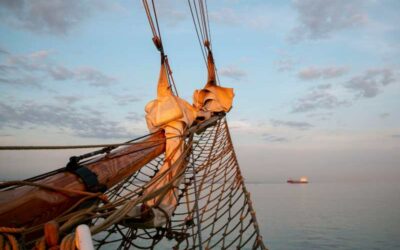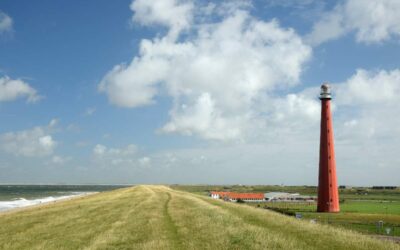By Corinna Goepfert
Image: Klassenzimmer unter Segeln
“As a way of measuring the contribution of the sailing industry to a sustainable future, we analyzed it in relation to the UN Sustainable Development Goals. These 17 goals were set in 2015 by the United Nations General Assembly and are to be achieved by 2030. The Goals are “the blueprint to achieve a better and more sustainable future for all”.
Sail Cargo and Travel Market Overview 2020
In 2015 the Sustainable Development Goals were laid out to provide a broad framework for companies, governments and communities to help work towards a sustainable future. They are a tool to indicate the level of change that can be implemented in industry and policy. As sail cargo is a blue ocean industry, the SDGs are a useful starting point to look at its environmental and social responsibilities. This series of blogs aims to provide a brief and preliminary overview of the ways sail cargo meets the SDGs.
Goal 11& Goal 15
Sustainable Cities and Communities & Life on land
The sail industry encourages sustainable transport on land and at sea. The industry also helps protect cultural and natural heritage in communities and coastal cities.
The environmental gains and low carbon footprint profile of the sail industry has obvious benefits in reducing global warming in areas such as desertification, flooding, coastal erosion and the degradation of natural habitats. Also, mass products transported by industrial shipping are often produced or mined by people in cheap labour working under unsafe, inhuman and environmentally unfriendly conditions.
Goods transported by sail cargo come from sustainable farms and communities working under fair conditions and human rights standards.
The board community itself is a sustainable system living and carrying on seafarer traditions. By focusing on slow and sustainable travel the crew can learn traditional practices. Cultural exchange and social interaction are an important part of the daily routine and intercultural friendships develop in a short time. This highly contributes to the creation of trust as the crew members must rely on each other to sail the ship safely across the oceans. This trust is carried also onshore and contributes to connecting people and communities in different places.
For further information on Klassenzimmer unter Segeln see: https://kus-projekt.de/ and @klassenzimmeruntersegeln on @segelschiffthorheyerdahl
